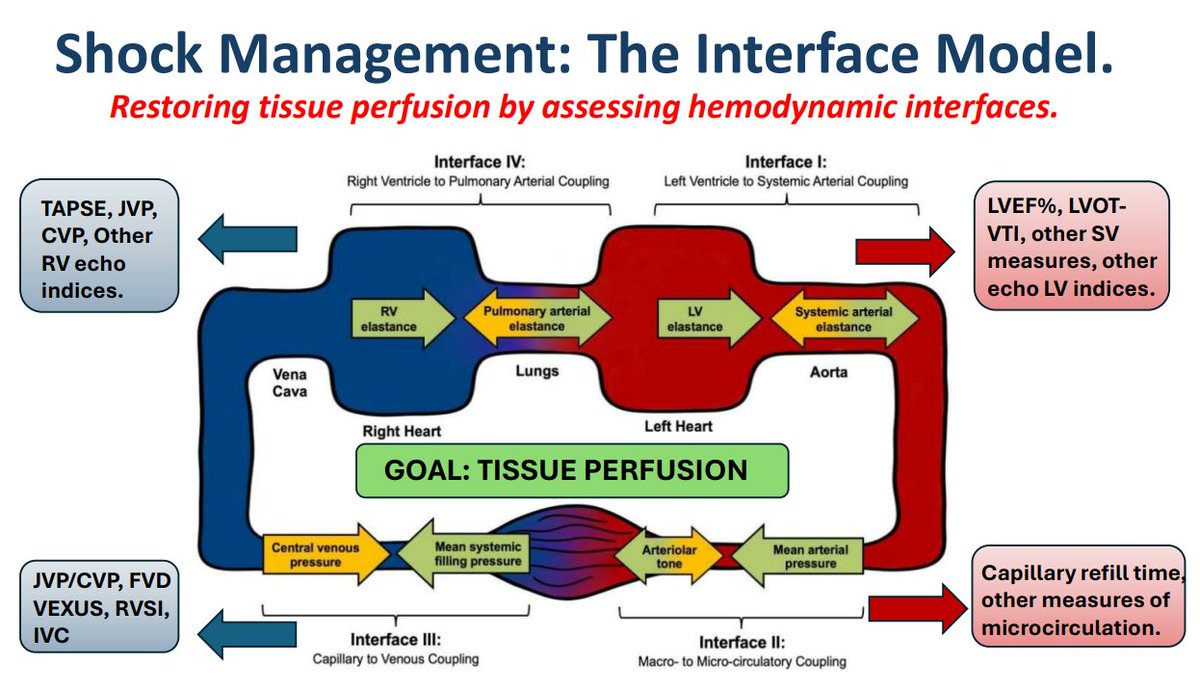What was it?
A multicenter, cluster-randomized, cross-sectional, double cross-over, open-label, registry-embedded, pragmatic clinical trial evaluating the effect of augmented enteral protein delivery (1.2–2.0 g/kg/day) versus usual care (lower protein dose) on clinical outcomes in critically ill adult patients admitted to intensive care units (ICUs) across Australia and New Zealand.

The Devil in the Details!
- 2,092 patients analyzed across 8 ICUs in Australia and New Zealand.
- Cluster-randomized design: ICUs assigned to deliver either augmented enteral protein (higher dose) or usual care protein in a 1:1 ratio, with each ICU switching formulas every 3 months over a 12-month period.
- Adult patients (≥18 years) receiving enteral nutrition within 72 hours of ICU admission.
- Primary outcome: Number of days free of the index hospital and alive at day 90.
- Secondary outcomes: ICU and hospital length of stay, mortality (ICU, hospital, 90-day), duration of mechanical ventilation, and safety events (e.g., gastrointestinal intolerance).
- Conducted by the Australian and New Zealand Intensive Care Society Clinical Trials Group, with ethics approval from Central Adelaide Local Health Network (2021/HRE00248) and Northern B Health and Disability Ethics Committee (2021 FULL 11097).
The Results!
- No significant difference in the primary outcome: mean days alive and free of index hospital at day 90 were similar between augmented protein (mean 62.3 days [95% CI 60.8–63.8]) and usual care (mean 62.7 days [95% CI 61.2–64.2]; p=0.73).
- No significant differences in secondary outcomes, including ICU length of stay (median 6.1 vs. 6.3 days; p=0.81), hospital length of stay (median 14.2 vs. 14.5 days; p=0.69), 90-day mortality (18.4% vs. 19.1%; p=0.62), or duration of mechanical ventilation (median 4.2 vs. 4.5 days; p=0.54).
- Gastrointestinal intolerance (e.g., high gastric residual volumes) was slightly higher in the augmented protein group (12.3% vs. 10.1%; p=0.09), but not statistically significant.
- Subgroup analyses showed no consistent benefit of higher protein in specific populations (e.g., by age, illness severity, or BMI).
- Authors concluded that augmented enteral protein delivery did not improve clinical outcomes compared to usual care in critically ill patients.
They concluded
The authors concluded that, among critically ill patients receiving enteral nutrition, augmented enteral protein delivery (1.2–2.0 g/kg/day) did not result in more days alive and free of the index hospital at day 90 compared to usual care, with no significant differences in secondary outcomes or specific subgroups.
Gripe Point Summary!
- Cluster-randomized design: While pragmatic, it introduces potential confounding due to site-specific practices and limits individual patient-level randomization, reducing precision in isolating protein effects.
- Open-label design: Lack of blinding may introduce bias in clinical management or outcome assessment, especially for subjective measures like gastrointestinal intolerance.
- Heterogeneous patient population: Broad inclusion criteria (all adults on enteral nutrition) may mask benefits in specific subgroups, despite subgroup analyses showing no effect.
- Protein delivery variability: Actual protein delivery in the augmented arm often fell below the target (mean 1.4 g/kg/day vs. goal 1.2–2.0 g/kg/day), potentially diluting the intervention’s effect.
- Primary outcome limitations: Days alive and free of hospital at day 90 is a composite outcome, potentially less sensitive to nutrition-specific effects compared to more targeted measures (e.g., muscle mass, functional recovery).
- Short intervention duration: Protein delivery was only modified during ICU stay, which may be too brief to impact long-term outcomes like 90-day hospital-free days.
- Lack of functional outcomes: No data on muscle strength, physical function, or quality of life, which are critical for assessing nutritional interventions in critical care.
- Statistical power for subgroups: Despite a large sample, the study was not powered for all subgroup analyses, limiting conclusions about specific populations (e.g., trauma or sepsis patients).
Our Summary
In critically ill patients receiving enteral nutrition, augmented protein delivery (targeting 1.2–2.0 g/kg/day) did not improve days alive and free of hospital at day 90, nor did it impact secondary outcomes like mortality or length of stay, compared to usual care. The trial’s pragmatic design and large sample provide robust evidence, but the lack of functional outcomes, variable protein delivery, and cluster-randomized approach limit its ability to definitively rule out benefits in specific contexts. This suggests protein dosing alone may not be the key to improving outcomes in heterogeneous ICU populations, prompting further research into personalized nutrition strategies.
Who’s worked on this before?
Further gripes
- Cluster randomization challenges: Site-specific differences in ICU protocols, staffing, or patient demographics could confound results, and the cross-over design assumes no carryover effects, which may not hold true.
- Open-label bias: Clinicians’ awareness of protein dosing could influence co-interventions (e.g., feeding protocols, sedation), potentially affecting outcomes like gastrointestinal intolerance or ventilation duration.
- Under-delivery of protein: The augmented arm achieved a mean of 1.4 g/kg/day, below the guideline-recommended 1.2–2.0 g/kg/day, possibly due to practical challenges (e.g., feeding interruptions, intolerance). This undercuts the trial’s ability to test the full impact of high-dose protein.
- Lack of mechanistic data: No measurements of muscle protein synthesis, nitrogen balance, or lean body mass changes, which could clarify why higher protein did not improve outcomes.
- Composite primary outcome: Days alive and free of hospital conflates mortality and hospital stay, potentially diluting nutrition-specific effects. A more direct measure (e.g., functional recovery or muscle strength) might have been more sensitive.
- Limited generalizability: Conducted in Australia and New Zealand, results may not apply to regions with different ICU practices, patient demographics, or nutritional baselines.
- No non-pharmacological data: The trial did not report on concurrent non-nutritional interventions (e.g., early mobilization, sedation protocols), which could influence outcomes and vary across sites.
- Subgroup analysis limitations: While no consistent subgroup benefits were found, the study’s power to detect differences in specific populations (e.g., malnourished patients, high catabolic states) was limited, potentially missing targeted benefits.
- Safety concerns not fully explored: The trend toward higher gastrointestinal intolerance in the augmented protein group (12.3% vs. 10.1%) warrants further investigation, as it could impact feasibility in real-world settings.
CCN’s Reflection
The TARGET Protein trial is a robust, pragmatic effort to answer whether higher enteral protein improves outcomes in critical illness, with its large sample and multicenter design lending credibility. However, the lack of difference in outcomes challenges the assumption that “more protein is better” in a broad ICU population. The cluster-randomized, open-label design and variable protein delivery raise questions about precision and bias, while the absence of functional or mechanistic outcomes leaves us wondering about protein’s true role. This trial is a critical step forward but highlights the need for personalized nutrition approaches and more targeted outcomes in future studies. It’s not the end of the high-protein story—just a plot twist urging us to dig deeper into who benefits and why.
Review by JW.










